In the realm of yoga, Kukkutasana, also known as the Rooster Pose or Cockerel Pose, stands as a testament to the human body’s extraordinary capabilities. This advanced arm-balancing asana demands exceptional balance, strength, and flexibility, making it a coveted pose among experienced practitioners. Yet, the rewards of mastering Kukkutasana extend far beyond the physical realm, fostering mental clarity, focus, and inner peace.
Join us as we delve into the intricacies of Kukkutasana, exploring its benefits, variations, and step-by-step instructions. Prepare to embark on a journey of self-discovery and transformation, unlocking the hidden potential within you.
Preparing the Body and Mind for Kukkutasana
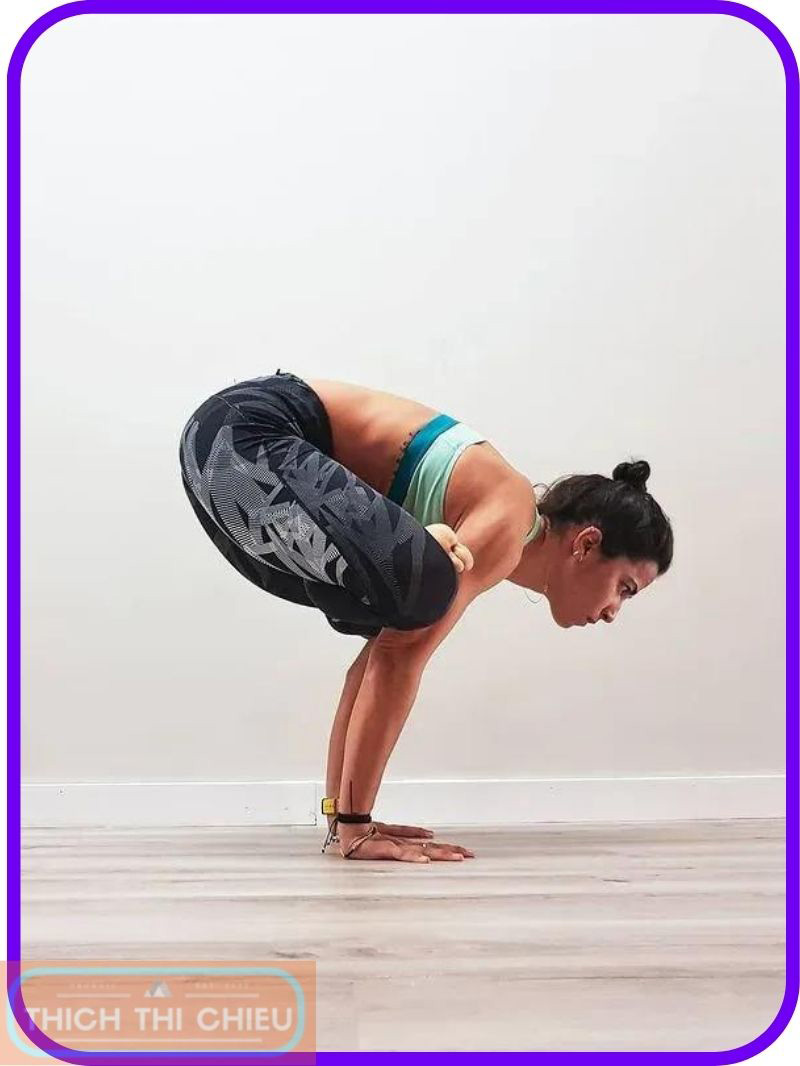
To successfully execute Kukkutasana, thorough preparation, both physically and mentally, is essential. This entails warming up the body, engaging in dynamic stretches to enhance flexibility, and cultivating a calm and focused state of mind through pranayama practices.
Physical Preparation
- Warm-up:
A proper warm-up is crucial to prepare the muscles for the demands of Kukkutasana and prevent injury. Start with gentle movements to increase blood flow and heart rate. Light cardio exercises, such as jogging in place or jumping jacks, can effectively warm up the body.
- Dynamic Stretches:
Dynamic stretches involve controlled movements that prepare the muscles for the specific actions required in Kukkutasana. These stretches should target the major muscle groups involved in the pose, including the core, arms, shoulders, hips, and hamstrings.
- Arm Circles:
Rotate your arms in large circles, gradually increasing the speed and range of motion. This stretch warms up the shoulder joints and improves arm mobility.
- Leg Swings:
Swing each leg forward and backward, keeping the leg straight and engaging the hip flexors. This stretch enhances hip flexibility and prepares the hamstrings for the pose.
- Torso Twists:
Gently twist your torso from side to side, keeping your spine straight. This stretch improves spinal flexibility and prepares the core muscles for Kukkutasana.
Mental Preparation
- Nadi Shodhana (Alternate Nostril Breathing):
Nadi Shodhana is a powerful pranayama practice that balances the flow of energy in the body, promoting calmness and clarity of mind. Sit comfortably in a cross-legged position, close your right nostril with your thumb, and inhale slowly through your left nostril. Then, close your left nostril with your ring finger and exhale slowly through your right nostril. Continue this alternating breathing pattern for several rounds.
- Bhramari Pranayama (Bee Breath):
Bhramari Pranayama is known for its calming and meditative effects. Sit comfortably with your spine straight and close your eyes. Take a deep breath in and as you exhale, make a humming sound like a bee. This practice soothes the mind and promotes relaxation.
- Kapalbhati Pranayama (Skull Shining Breath):
Kapalbhati Pranayama is an invigorating pranayama practice that energizes the body and mind. Sit comfortably with your spine straight and close your eyes. Take short, forceful inhales and passive exhales, focusing on the movement of your diaphragm. This practice increases blood flow and enhances focus.
A Step-by-Step Guide to the Rooster Pose
Step 1: Establishing a Solid Base
Begin by establishing a strong and stable foundation. Sit comfortably in a cross-legged position, either Padmasana (Lotus Pose) or Sukhasana (Easy Pose). Ensure your spine is elongated, your shoulders are relaxed, and your pelvis is grounded. Take a few deep breaths to calm your mind and focus your attention on the present moment.
Step 2: Preparing for Balancing
Engage your core muscles and draw your lower abdomen in towards your spine. This will create a solid foundation for lifting your hips off the mat. Extend your arms forward, palms facing down, and place your hands shoulder-width apart on the mat. Spread your fingers wide and press firmly into the mat, creating a stable platform for your body.
Step 3: Initiating the Pose
As you prepare to initiate the pose, maintain a deep, rhythmic breath. Press firmly into your palms and gradually shift your weight forward, lifting your hips off the mat. Simultaneously, bend your knees and draw your heels towards your buttocks. This initial movement will set the stage for transitioning into the full arm-balancing position.
Step 4: Engaging the Arms and Core
With your hips lifted off the mat, engage your arms and core muscles to extend your legs towards the ceiling. Aim to stack your hips, knees, and feet in a straight line, creating a balanced and aligned posture. Avoid rounding your lower back or arching your spine excessively; maintain a neutral spinal alignment throughout the pose.
Step 5: Finding Balance and Stability
person focusing on maintaining a steady gaze forward
Once airborne, focus on maintaining a steady gaze forward. This will help you maintain balance and prevent your body from tipping forward or backward. Engage the bandhas (locks) to enhance stability – Uddiyana Bandha (Diaphragmatic Lock), Mula Bandha (Root Lock), and Jalandhara Bandha (Chin Lock). These locks will engage the deep core muscles and stabilize the pose.
Step 6: Embracing the Rooster Pose
person holding the pose for as long as comfortably possible
Hold the pose for as long as comfortably possible, maintaining deep, rhythmic breathing. Gradually increase your hold time as your strength, flexibility, and balance improve. Remember to listen to your body and come out of the pose if you experience any pain or discomfort.
Step 7: Releasing the Pose
person lowering the body back to the mat
To release the pose, slowly lower your feet back to the mat, reversing the steps you took to enter the pose. Engage your core muscles throughout the descent to control the movement and prevent injuries. Once your feet are back on the mat, rest in Child’s Pose or Balasana to allow your body to recover.
Variations and Adaptations for Kukkutasana
In addition to the foundational Kukkutasana practice, various modifications can provide support and help practitioners progress towards the full pose. These variations and adaptations cater to different levels of experience and physical abilities.
Supported Kukkutasana
For those working towards Kukkutasana, incorporating support can provide a sense of stability and confidence. Utilizing a wall or chair as support allows practitioners to gradually build strength and balance before attempting the unsupported pose.
Technique:
- Position yourself near a wall or chair, approximately arm’s length away.
- Follow the steps outlined in the step-by-step guide for Kukkutasana until you reach the point of lifting your hips off the mat.
- As you lift your hips, place your fingertips or palms on the wall or chair to provide support.
- Maintain a straight line from your hips to your feet, keeping your core engaged.
- Hold the pose for as long as comfortably possible, gradually increasing your hold time as your balance improves.
- To release the pose, slowly lower your feet back to the mat, using the wall or chair for support.
Assisted Kukkutasana
Seeking assistance from a yoga instructor or experienced practitioner can provide additional guidance and support while attempting Kukkutasana. The instructor can assist in lifting and stabilizing the body, allowing the practitioner to focus on maintaining balance and alignment.
Technique:
- Position yourself near a yoga instructor or experienced practitioner.
- Follow the steps outlined in the step-by-step guide for Kukkutasana until you reach the point of lifting your hips off the mat.
- As you lift your hips, the instructor or practitioner can gently lift your legs towards the ceiling, providing support and guidance.
- Focus on maintaining a straight line from your hips to your feet, keeping your core engaged.
- Hold the pose for as long as comfortably possible, gradually increasing your hold time with practice.
- To release the pose, slowly lower your feet back to the mat, with the instructor or practitioner providing support.
Preparatory Exercises
Regular practice of preparatory exercises can enhance the strength, flexibility, and balance required for Kukkutasana. These exercises can be incorporated into your yoga routine or practiced separately to build a solid foundation for the pose.
Recommended Exercises:
- Bakasana (Crow Pose): This pose strengthens the arms, shoulders, and core, essential for Kukkutasana.
- Eka Pada Kukkutasana (One-Legged Rooster Pose): This pose improves balance and strengthens the muscles involved in Kukkutasana.
- Plank Pose: This pose strengthens the core, arms, and shoulders, providing a stable base for Kukkutasana.
- Downward-Facing Dog: This pose stretches the hamstrings, hips, and shoulders, enhancing flexibility for Kukkutasana.
- Bound Angle Pose (Baddha Konasana): This pose opens the hips and stretches the inner thighs, improving flexibility for Kukkutasana.
Benefits of Kukkutasana
Enhanced Balance and Strength
Kukkutasana challenges the core muscles, arms, and shoulders, promoting overall balance, strength, and coordination. The pose requires the body to maintain a stable and aligned position while inverted, engaging various muscle groups to support the weight and maintain balance. Regular practice of Kukkutasana strengthens these muscles, leading to improved balance and stability in everyday life.
Improved Flexibility
Kukkutasana stretches the hamstrings, hips, and shoulders, enhancing flexibility and range of motion. The pose requires the hamstrings to lengthen as the legs extend towards the ceiling, while the hips open to allow for the deep hip flexion. The shoulders are also stretched as the arms support the body’s weight. Regular practice of Kukkutasana can improve flexibility in these areas, reducing muscle tension and improving overall movement capability.
Increased Mental Clarity
The focus and concentration required to maintain Kukkutasana cultivate mental clarity and improve cognitive function. The pose demands a steady gaze forward, preventing distractions and enhancing focus. Additionally, the controlled breathing patterns practiced during Kukkutasana can help calm the mind and promote a sense of stillness. Regular practice can lead to improved concentration, reduced stress, and enhanced cognitive function.
Cultivated Inner Peace
The combination of physical challenge and mental focus in Kukkutasana fosters a deep sense of inner peace and tranquility. The ability to maintain balance and control while inverted can instill a sense of self-confidence and inner strength. Additionally, the mindful breathing and focused attention cultivated during the pose can promote relaxation and stress reduction. Regular practice of Kukkutasana can contribute to a greater sense of inner peace and well-being.
With proper preparation, dedication, and a step-by-step approach, anyone can embark on the journey towards mastering this rewarding pose. Kukkutasana is not only a physical challenge but also a mental and spiritual practice that can lead to greater self-awareness, balance, and inner peace. Hopefully, the above article of TTC has provided you with useful information. If you have any questions or concerns, please leave a comment below.
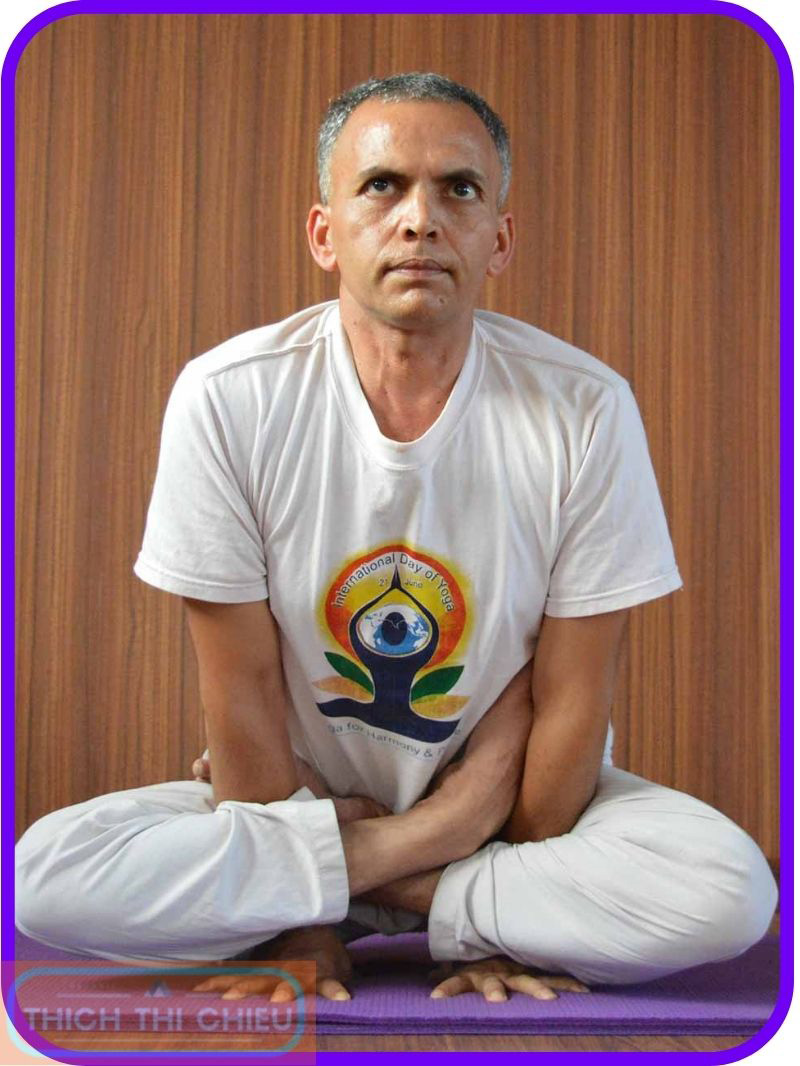
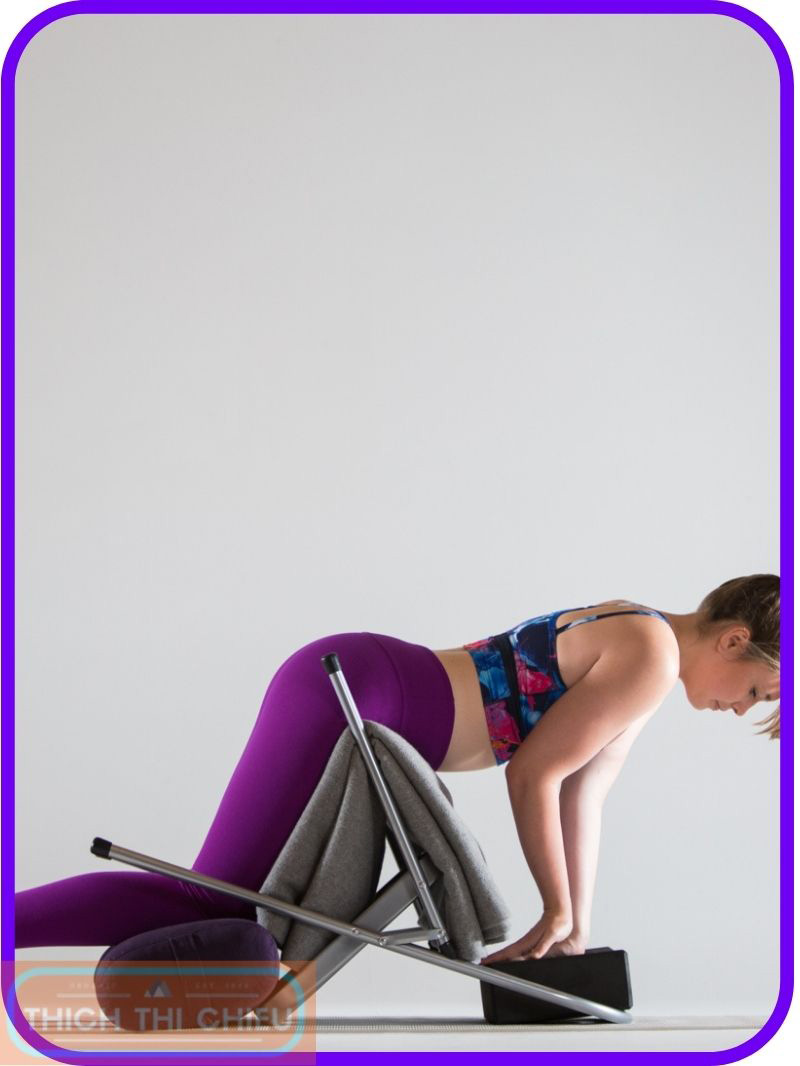
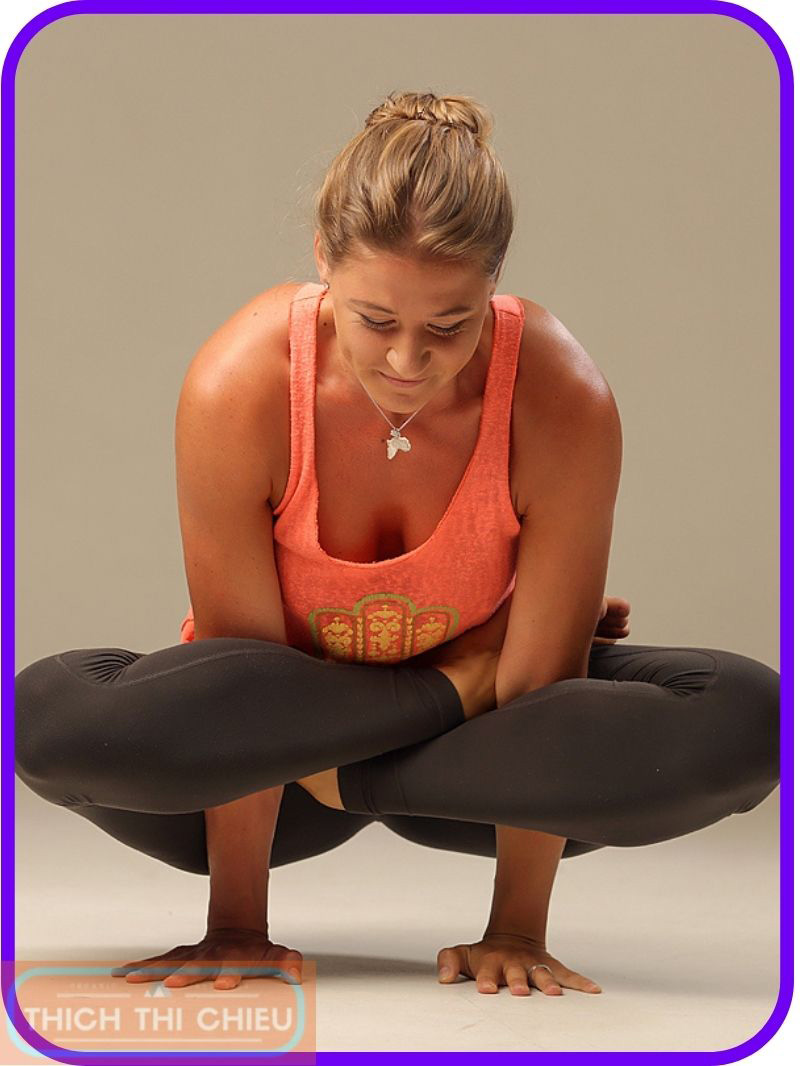
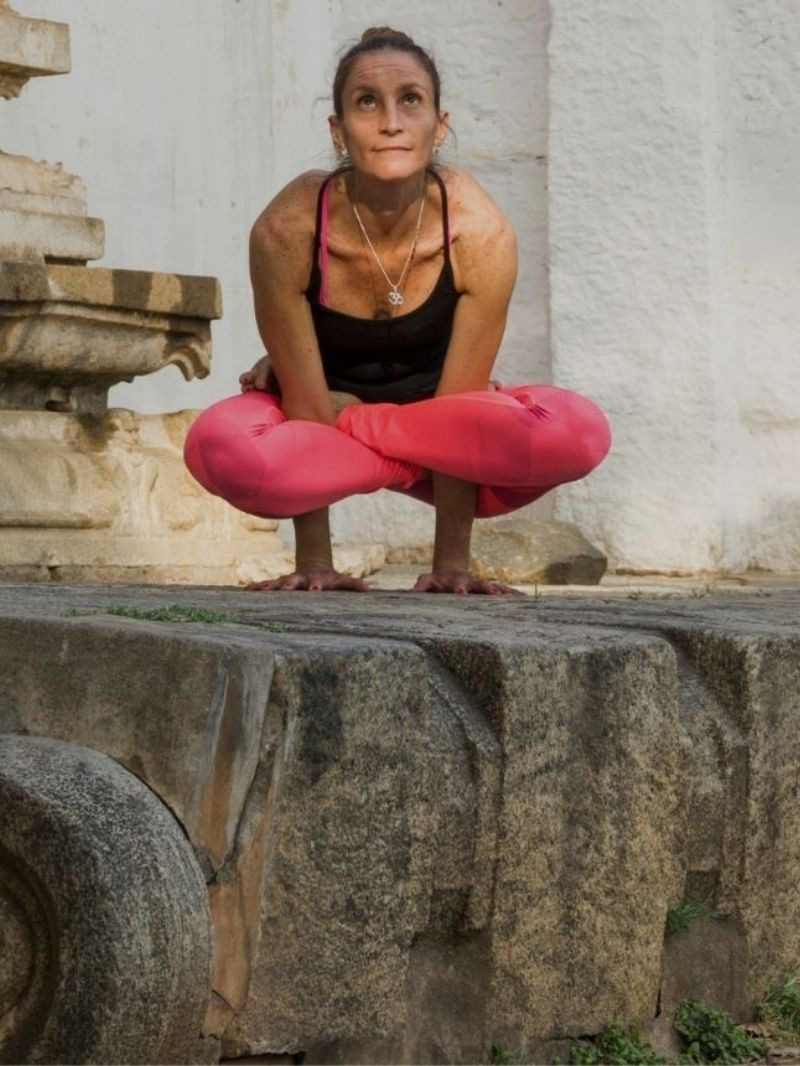





Leave a Reply